How To Release Wire From Outlet

Imagine a sunny afternoon, the scent of freshly baked cookies wafting through your kitchen. You're replacing a dated outlet with a sleek, modern one, eager to update your space. But there's a slight snag – those stubborn wires just won't release from the old outlet. Don't fret, you're not alone, and with a few simple steps, you'll have those wires free and your project back on track.
The key to safely and effectively releasing wires from an electrical outlet lies in understanding the outlet's mechanism and employing the right techniques. This article will guide you through the process, ensuring your safety and the integrity of your electrical system.
Understanding Electrical Outlets
Electrical outlets are more than just slots in the wall. They are the gateways to powering our homes and lives. Understanding their basic construction is crucial before attempting any electrical work.
Typically, an outlet features two or three slots: a smaller slot for the hot wire (usually black), a larger slot for the neutral wire (usually white), and sometimes a rounded hole for the ground wire (usually green or bare copper). These wires are held in place by internal mechanisms that vary depending on the outlet type.
Side-Wired vs. Back-Wired Outlets
Outlets commonly come in two main types: side-wired and back-wired. Side-wired outlets have screws on the sides where the wires are attached. Back-wired outlets, on the other hand, have small holes in the back where the wires are inserted.
Back-wired outlets often use an internal spring-loaded clamp to hold the wires in place. This type can sometimes be trickier to release wires from, but knowing the mechanism is half the battle.
Safety First: Essential Precautions
Before you even think about touching a wire, safety should be your absolute top priority. Electricity is powerful and unforgiving. Taking the necessary precautions can prevent serious injury or even death.
Turn off the power! This is the golden rule. Locate the circuit breaker that controls the outlet you're working on and switch it to the "off" position. Double-check with a non-contact voltage tester to ensure the outlet is indeed de-energized.
Use insulated tools. Invest in a good quality set of screwdrivers and pliers with insulated handles. This provides an extra layer of protection should any stray electricity be present.
Never work in wet conditions. Water and electricity are a dangerous combination. Make sure the area around the outlet is dry before you begin.
Releasing Wires from Side-Wired Outlets
Side-wired outlets are generally the easiest to work with. The wires are secured under screws on the side of the outlet. Here's how to safely release them:
Loosen the screws. Use a screwdriver to carefully loosen the screws holding the wires in place. You don't need to remove the screws entirely, just enough to release the wire.
Pull the wires free. Once the screws are loose, gently pull the wires out from under the screws. If a wire is stuck, try wiggling it gently while pulling.
Inspect the wire. Before reusing the wire, inspect it for any damage, such as frayed insulation or corrosion. If the wire is damaged, cut off the damaged section and strip a fresh end.
Releasing Wires from Back-Wired Outlets
Back-wired outlets can be a bit more challenging due to their internal clamping mechanism. However, with the right technique, you can release the wires without damaging them or the outlet.
Identify the release slots. Most back-wired outlets have small slots next to each wire insertion hole. These slots are designed to release the internal clamp.
Insert a small screwdriver. Insert a small, flat-head screwdriver into the release slot next to the wire you want to remove. Push firmly but gently.
Pull the wire. While pushing the screwdriver into the release slot, gently pull the wire out of the hole. The screwdriver should depress the internal clamp, allowing the wire to slide free. Do not force the wire. If it doesn't come out easily, reposition the screwdriver and try again.
Alternative method. Some back-wired outlets require you to push the wire *in* slightly while simultaneously pressing the release mechanism. This can sometimes loosen the clamp and allow the wire to be pulled out.
What if the Wire is Stuck?
Sometimes, wires can become stuck in back-wired outlets due to corrosion or damage. In this case, patience and careful manipulation are key.
Try wiggling the wire. Gently wiggle the wire back and forth while applying pressure to the release mechanism. This can help to break any corrosion that might be holding the wire in place.
Use pliers. If wiggling doesn't work, you can try using pliers to gently grip the wire near the outlet and pull while simultaneously pressing the release mechanism. Be careful not to damage the wire insulation.
Cut the wire as a last resort. If all else fails, you can cut the wire close to the outlet. However, this should only be done as a last resort, as it reduces the length of the wire and may require you to replace the wire entirely.
Tips for Preventing Future Problems
Once you've successfully released the wires from your outlet, there are a few things you can do to prevent future problems.
Use the correct wire gauge. Ensure that you are using the correct gauge wire for the outlet and the circuit. Using the wrong gauge wire can lead to overheating and other electrical problems.
Strip the wire properly. When stripping the insulation from the wire, be careful not to nick or damage the conductor. A damaged conductor can weaken the wire and increase the risk of failure.
Make a secure connection. When connecting the wires to the new outlet, make sure the connection is tight and secure. Loose connections can cause arcing and overheating.
Consider using wire connectors. For back-wired outlets, consider using wire connectors (such as Wago connectors) to create a more reliable and easier-to-manage connection. These connectors provide a secure and reusable connection without damaging the wires.
The Importance of Professional Help
While this guide provides a detailed overview of how to release wires from an electrical outlet, it's important to recognize the limits of your own expertise. Electrical work can be dangerous, and if you're not comfortable working with electricity, it's always best to call a qualified electrician.
Licensed electricians have the knowledge, skills, and experience to handle even the most complex electrical issues safely and effectively. They can also ensure that your electrical system is up to code and functioning properly.
When in doubt, don't hesitate to call a professional. It's better to be safe than sorry when it comes to electricity.
Conclusion
Releasing wires from an electrical outlet doesn't have to be a daunting task. By understanding the different types of outlets, taking necessary safety precautions, and following the proper techniques, you can safely and effectively complete this common electrical task. Remember to always prioritize safety, and when in doubt, don't hesitate to seek professional help.
With a little knowledge and caution, you can confidently tackle your electrical projects and keep your home powered safely and efficiently. The satisfaction of completing a task like this yourself, knowing you've done it safely and correctly, is a reward in itself.

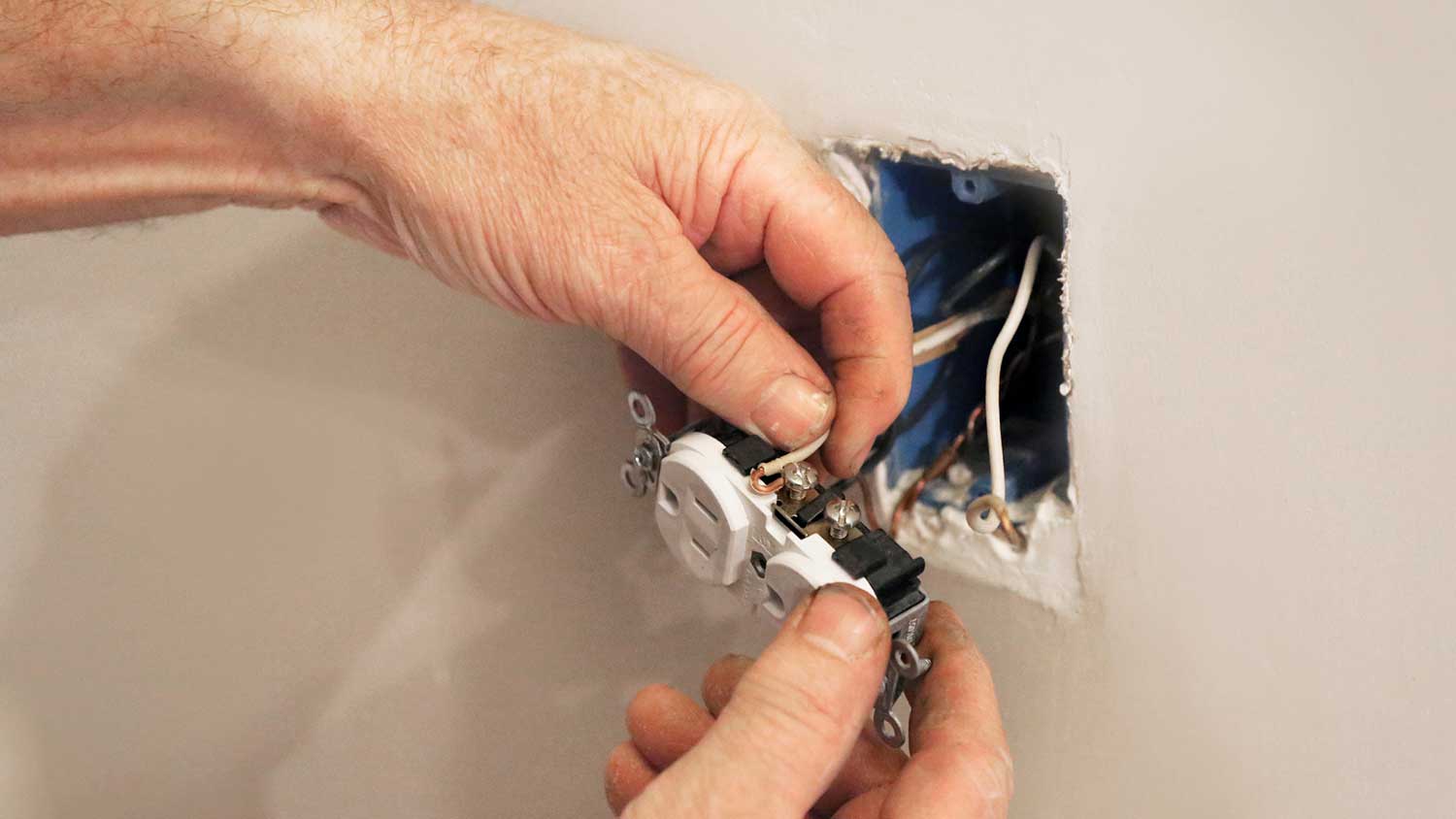
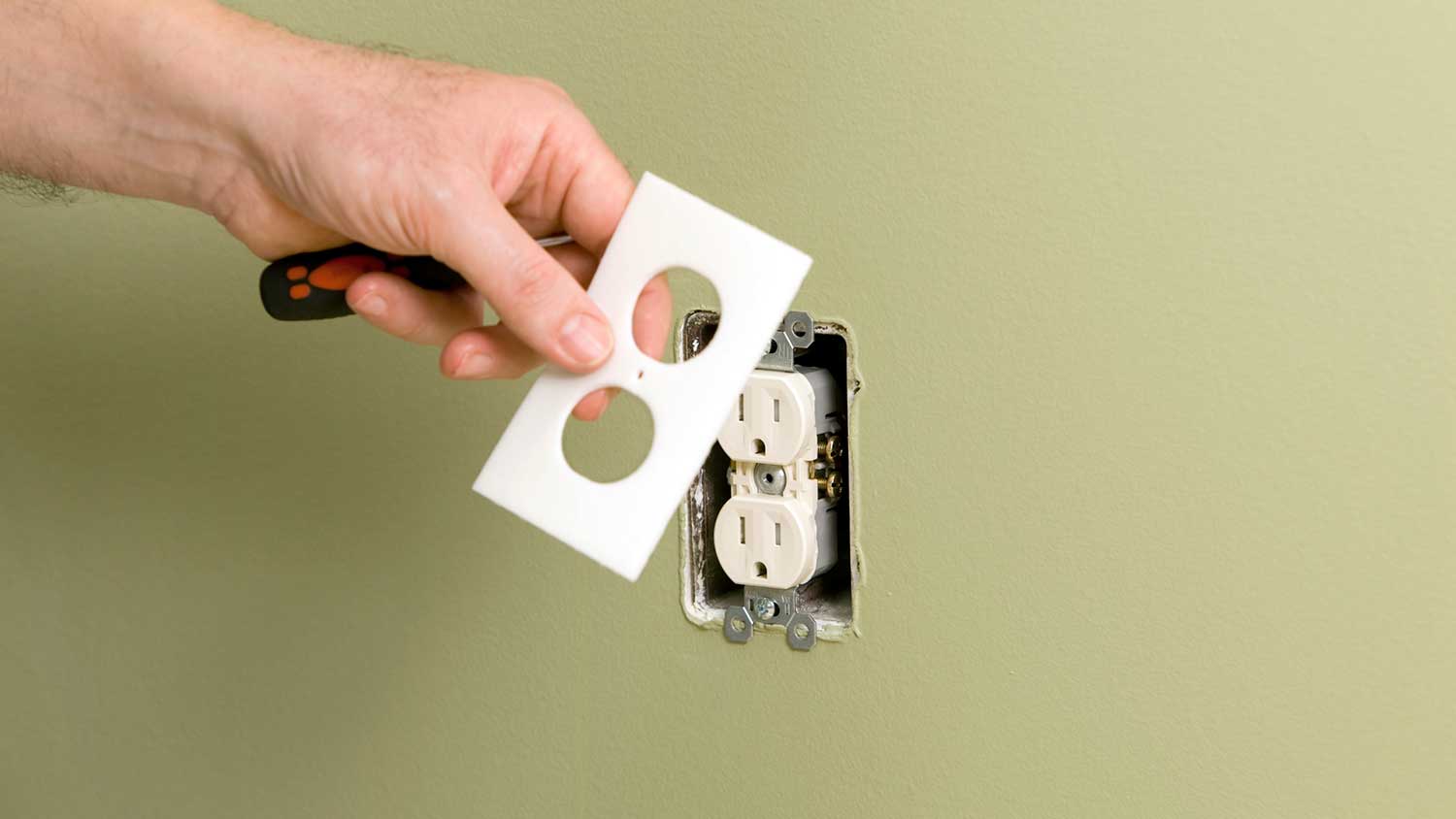



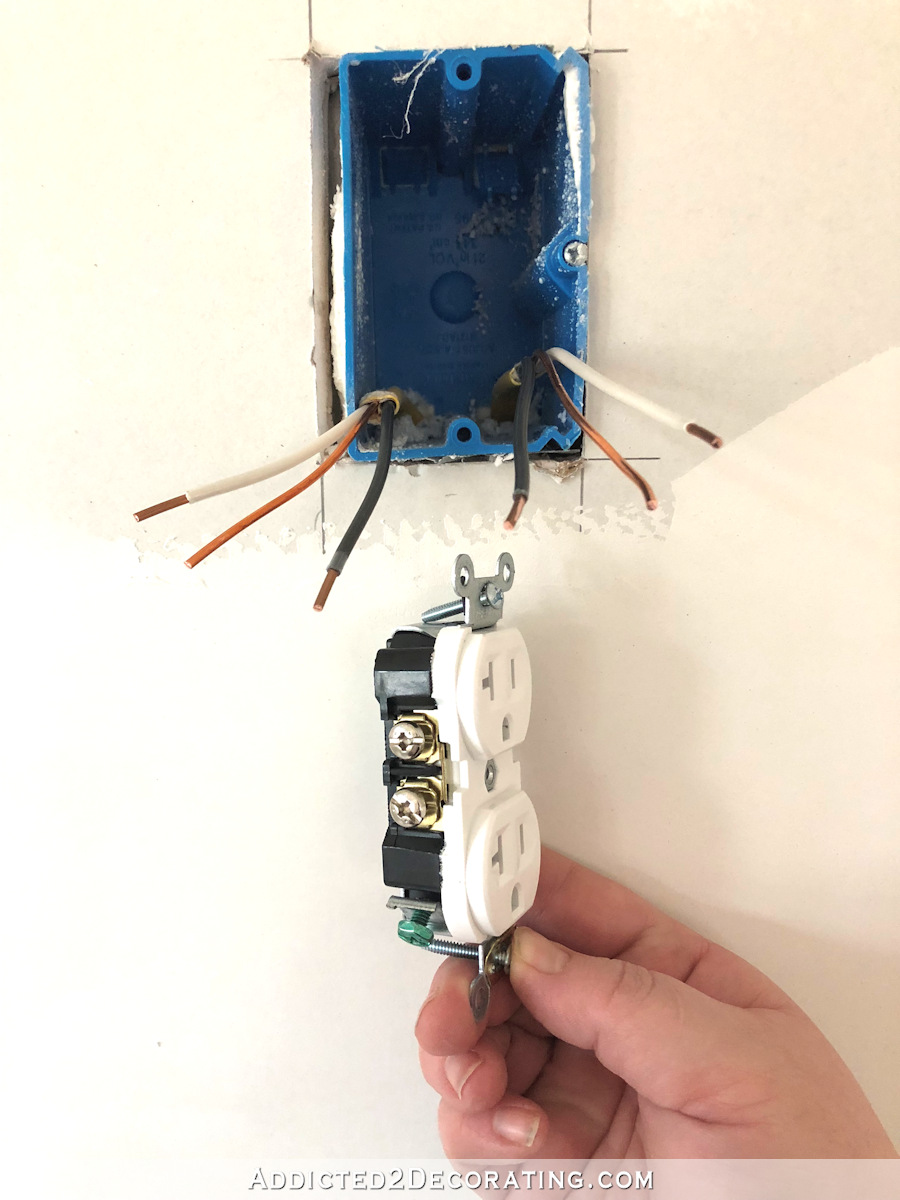


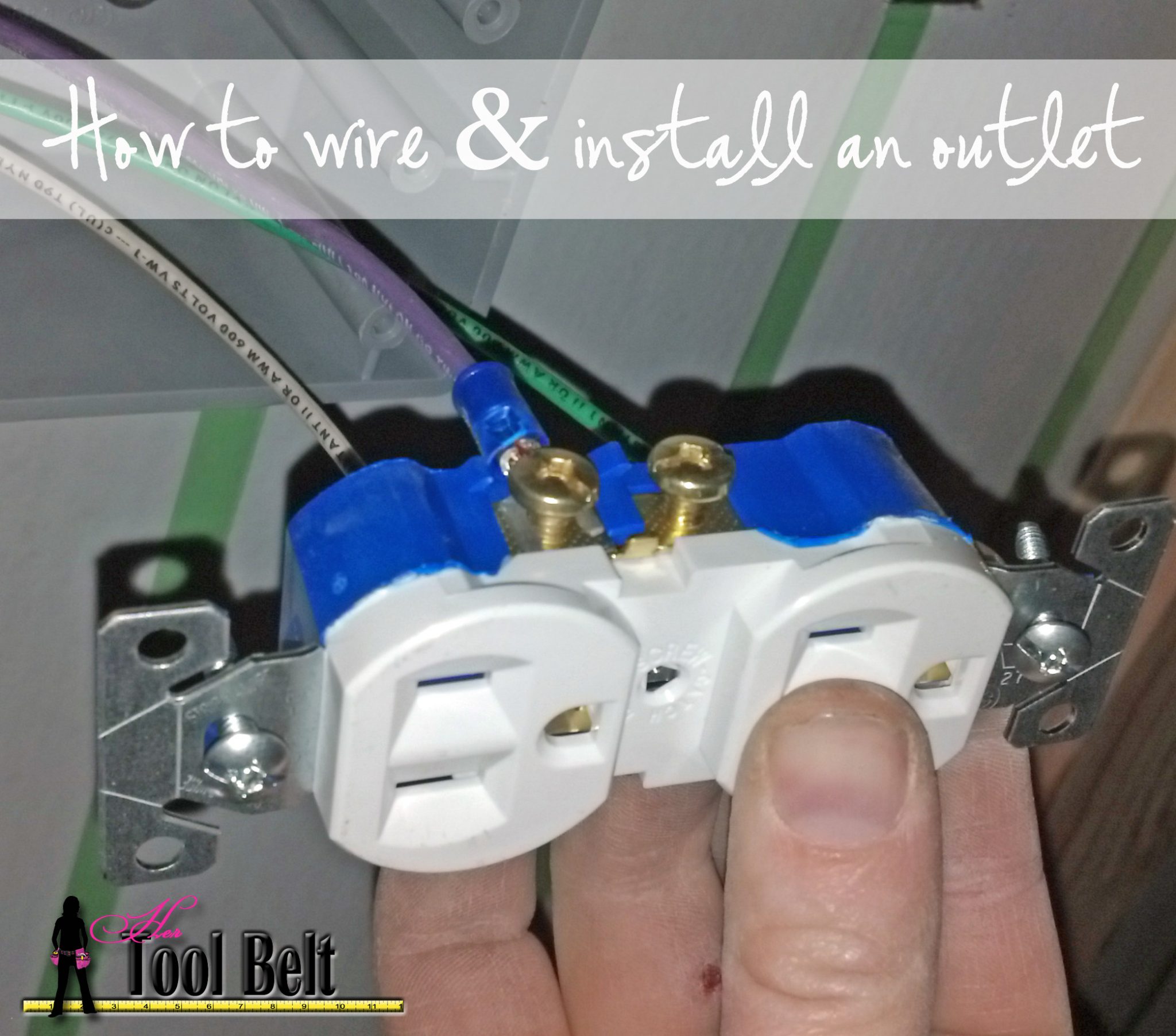

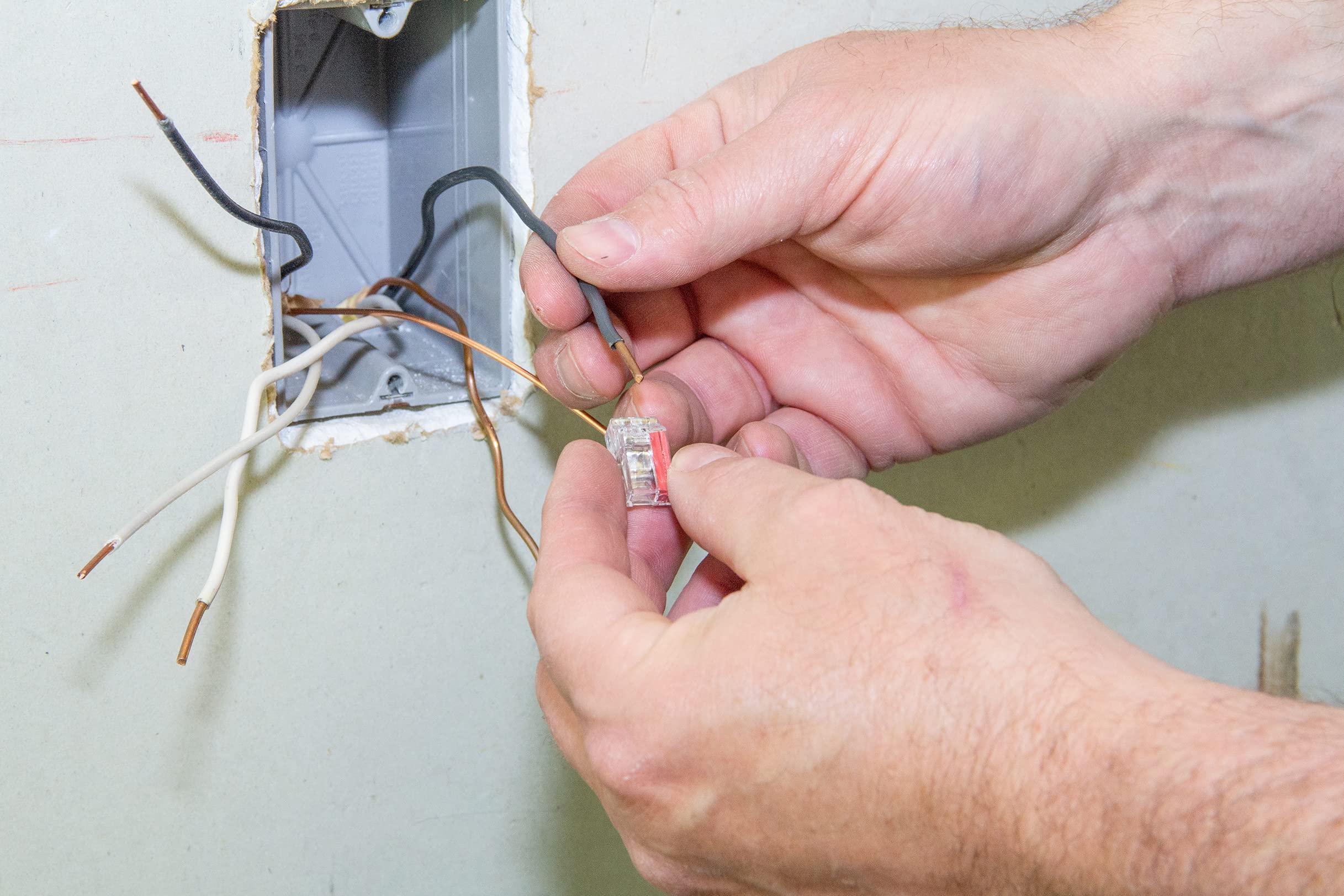

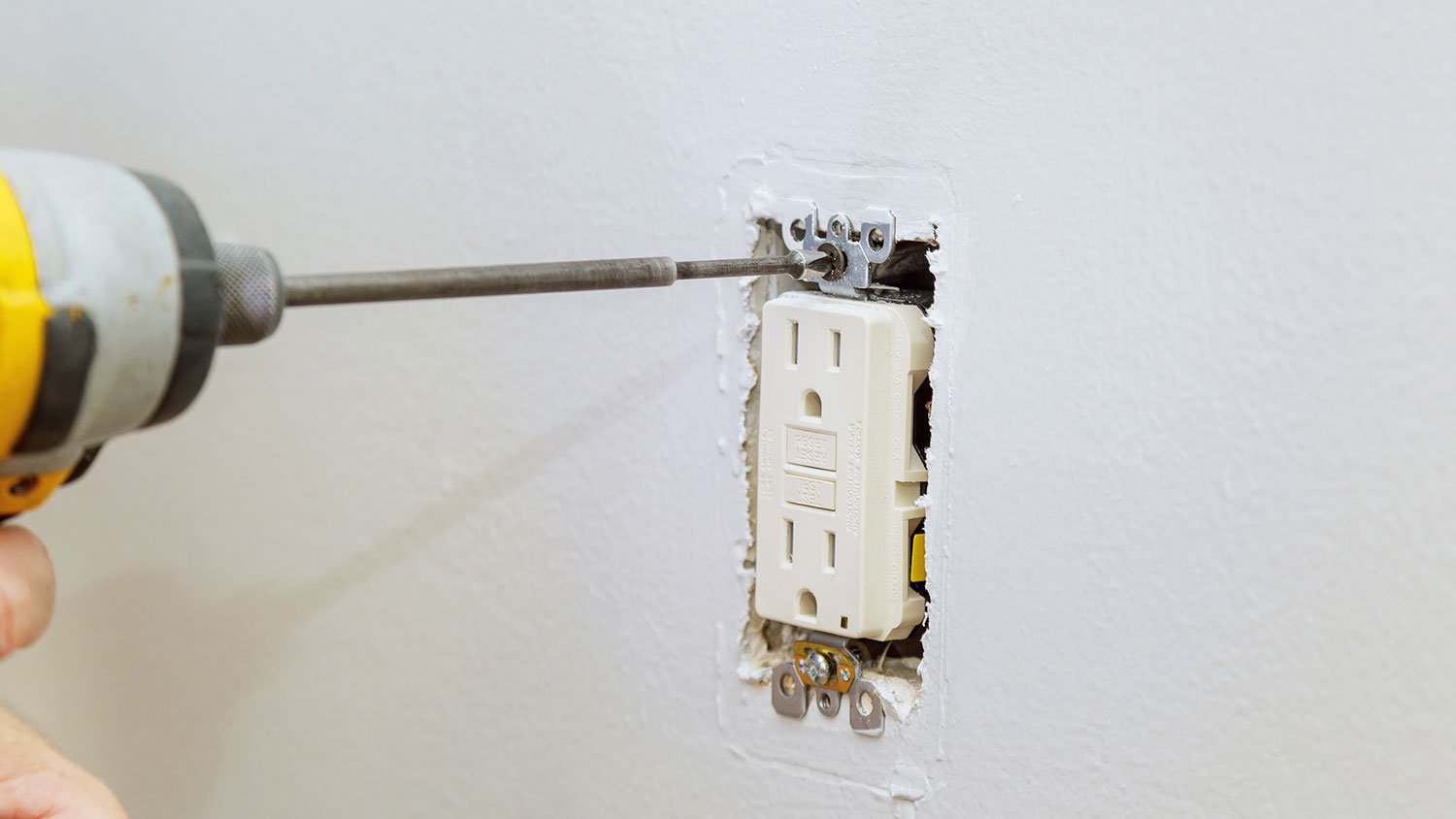

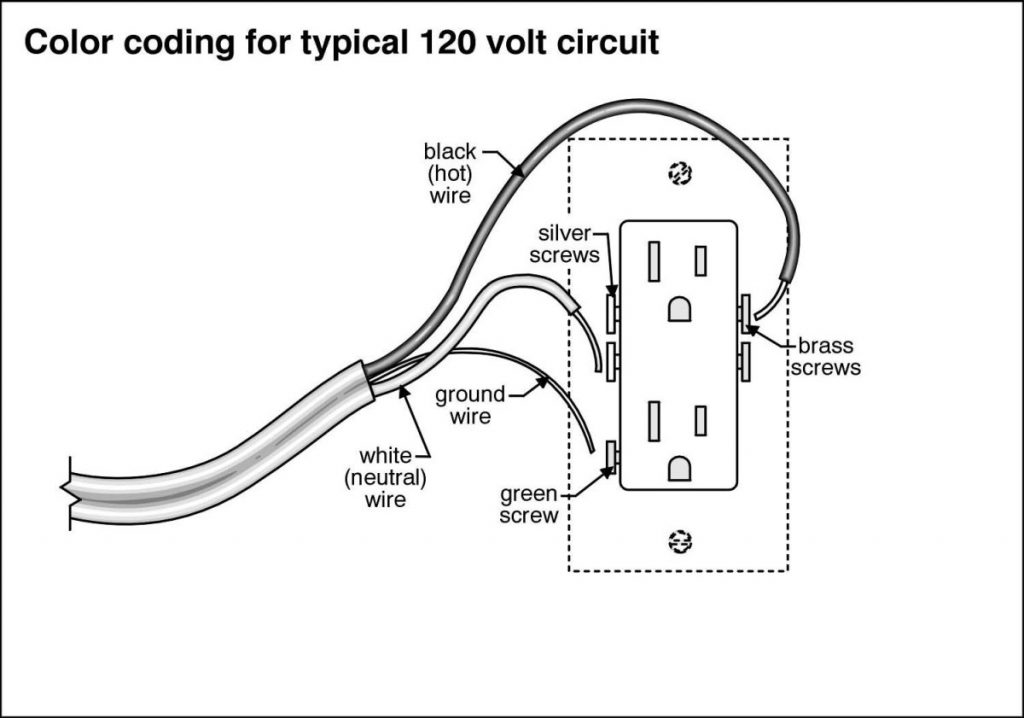
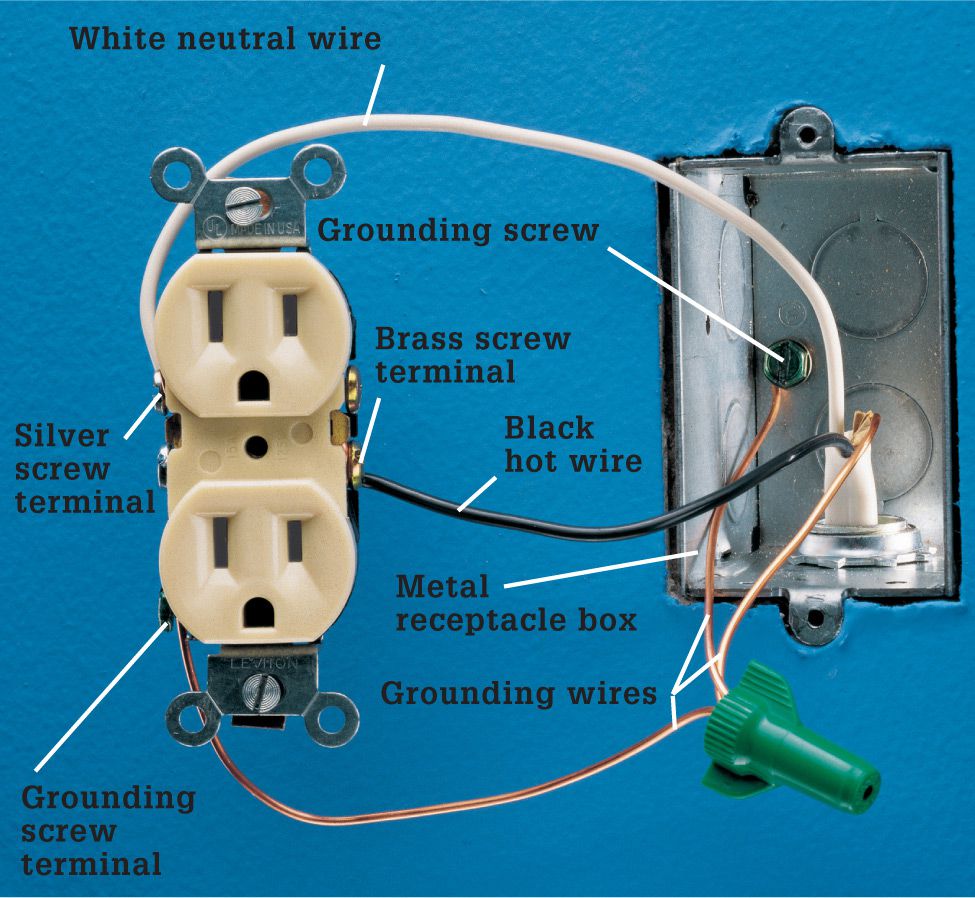
/tips-for-wiring-outlets-and-switches-1824668-schema-cd5df872c6884b54b85042231387b4ea.jpeg?strip=all)
